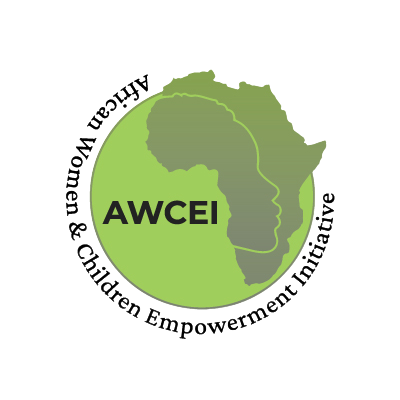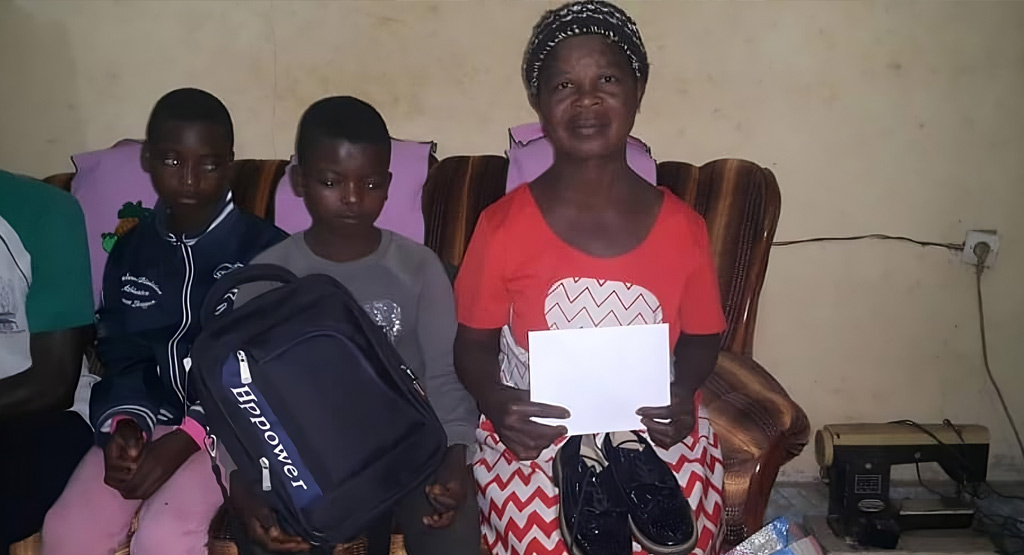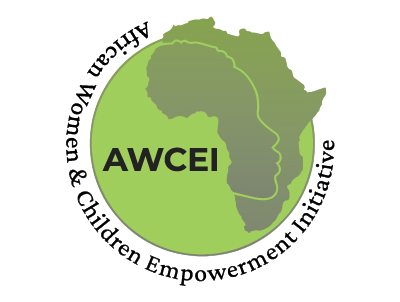In the tumultuous landscape of conflict and war, the most vulnerable victims often remain the children whose Education is disrupted by the tension and chaos surrounding them. Education is not just a fundamental right; it’s a lifeline for children to escape the cycle of violence and build a brighter future. As the great Nelson Mandela rightly said, “Education is the most powerful weapon which you can use to change the world, and without Education, your children can never really meet the challenges they face. So it is vital to educate children and explain that they should play a role in their country.” In this blog, we will delve into the challenges children face in accessing Education during times of conflict and shed light on initiatives that strive to keep the flame of learning alive, even in the darkest times.
Challenges Faced by Children in Conflict Zones
Displacement and Insecurity: Conflict often forces families to flee their homes, leaving behind schools, books, and a stable learning environment. Removal disrupts the continuity of Education as children struggle to find safe spaces to learn and grow.
Damaged Infrastructure: Schools and educational facilities are not spared in the chaos of conflict. Bombed-out buildings and destroyed infrastructure render learning spaces unsafe and inaccessible.
Lack of Resources: Many conflict-affected regions have limited resources, making it difficult to provide children with essential materials like textbooks, stationery, and teaching aids.
Trauma and Psychological Impact: Children in conflict zones are exposed to violence, loss, and fear, which affects their emotional well-being and ability to concentrate on their studies.
Forced Recruitment: Armed groups sometimes exploit the absence of education systems to forcibly recruit children into their ranks, robbing them of their childhood and prospects.
Initiatives Keeping Education Alive
Temporary Learning Centers: During the conflict, organizations and communities often set up temporary learning centers in safe areas. These centers offer children a semblance of normalcy and a chance to continue their Education.
Mobile Classrooms: In areas with no accessible schools, portable classrooms, often set up in tents or makeshift shelters, provide children with a learning environment that moves with them.
Community-Based Education: NGOs collaborate with local communities to establish informal learning spaces, ensuring children can continue learning even when formal institutions are unavailable.
Distance Learning Programs: Leveraging technology, some organizations create distance learning programs that offer lessons and resources via radio, TV, or online platforms, enabling children to learn remotely.
Psychosocial Support: Initiatives that combine Education with psychosocial support help children cope with trauma and stress, creating a conducive environment for learning.
Advocacy and Awareness: NGOs and international organizations advocate for the right to Education in conflict zones and prioritize children’s Education.
The Impact and Importance of Education During Conflict
Building Resilience: Education equips children with critical thinking skills, empowering them to make informed decisions, resist recruitment by armed groups, and contribute positively to their communities.
Hope for the Future: Amidst despair, Education offers children hope for a better future. It provides a pathway out of poverty, offering them the tools to rebuild their lives and societies.
Stability and Peace: Educated individuals are more likely to seek peaceful resolutions to conflicts and promote stability, reducing the cycle of violence in conflict-affected regions.
Preventing a Lost Generation: Without Education, an entire generation of children risks being left behind, perpetuating cycles of poverty and conflict for years.
Conclusion
Conflict disrupts lives, shatters dreams, and tears apart communities. Children caught in its crossfire are the most vulnerable, facing challenges threatening their Education and, consequently, their future. However, amid the turmoil, initiatives are emerging to keep the light on education burning. These initiatives provide children with learning opportunities and offer them a lifeline out of the cycle of violence and despair.
As we reflect on the importance of Education during conflict, let us remember that every child’s right to Education must be upheld, regardless of the situation. By investing in Education, we invest in a brighter, more peaceful future for the children and the societies they will lead one day. It’s not just a matter of schooling but of survival, resilience, and hope.



